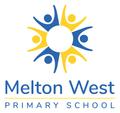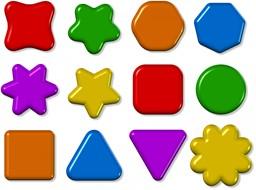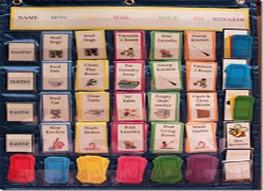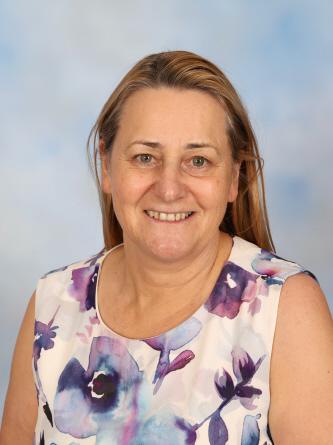Numeracy Report
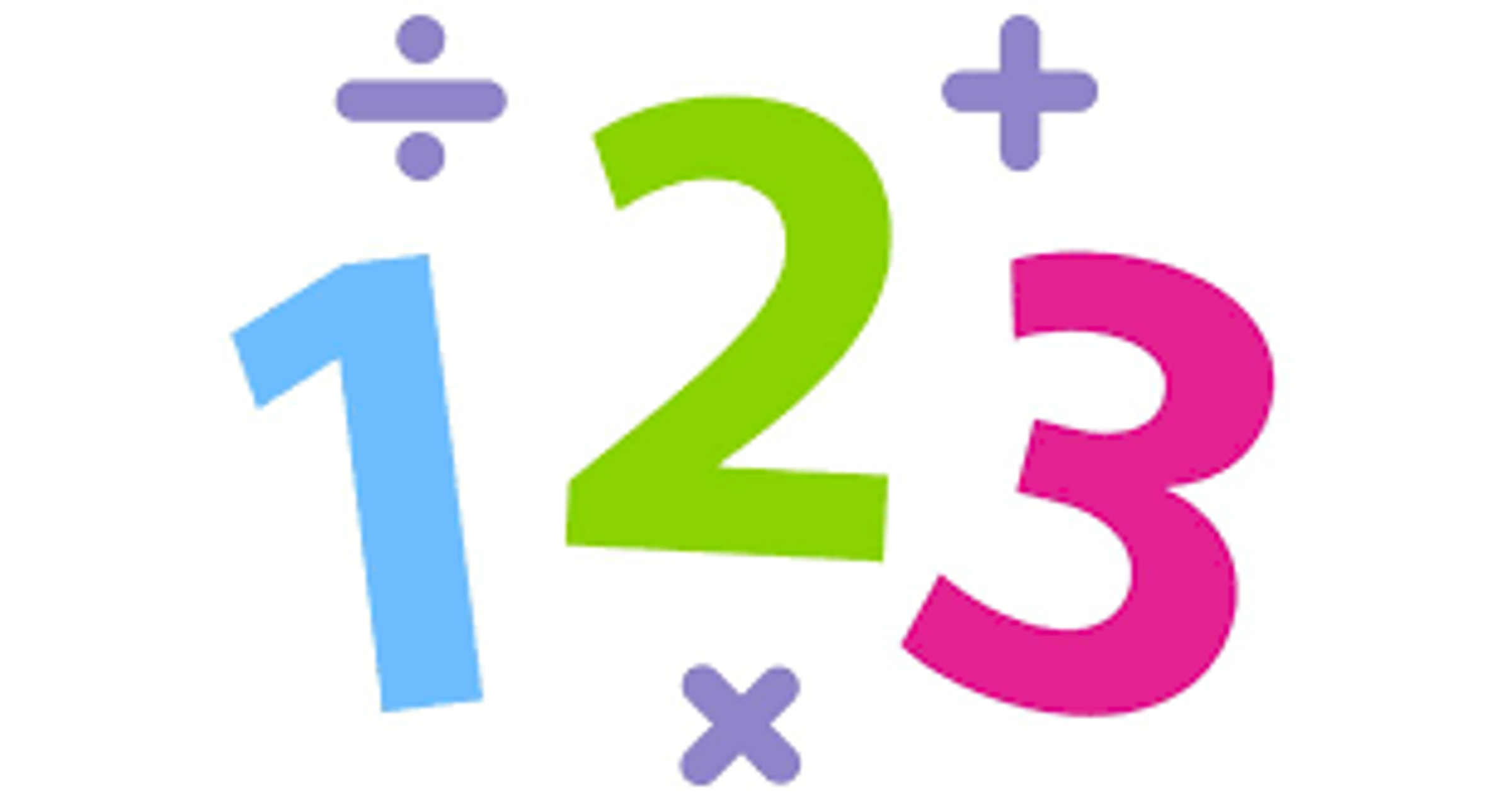
WHAT DO WE LEARN IN MATHEMATICS?
FOUNDATION (PREP)
Dear Parents and Carers,
Over the coming weeks I will outline what the teaching and learning Mathematics curriculum encompasses for each year level. In this article I will focus on Foundation (Prep). In the classroom children may be working at level, below level or above level. Teachers differentiate the teaching and tasks to cater for the learning each child needs to access.
In Foundation level, students play with objects and draw pictures to develop links between their immediate environment, everyday language and mathematical activity. Students classify and sort objects. There are three major areas Number and Algebra, Measurement and Geometry, Statistics and Probability.
Number and Algebra
Number and place value
- Establish understanding of the language and processes of counting by naming numbers in sequences, initially to and from 20, moving from any starting point
- Connect number names, numerals and quantities, including zero, initially up to 10 and then beyond
- Subitise small collections of objects
- Compare, order and make correspondences between collections, initially to 20, and explain reasoning
- Represent practical situations to model addition and subtraction
- Represent practical situations to model sharing.
Money and financial mathematics
- Represent simple, everyday financial situations involving money
Patterns and algebra
- Sort and classify familiar objects and explain the basis for these classifications, and copy, continue and create patterns with objects and drawings
- Follow a short sequence of instructions.
Measurement and Geometry
Using units of measurement
- Use direct and indirect comparisons to decide which is longer, heavier or holds more, and explain reasoning in everyday language
- Compare and order the duration of events using the everyday language of time
- Connect days of the week to familiar events and actions.
Shape
- Sort, describe and name familiar two-dimensional shapes and three-dimensional objects in the environment.
Location and transformation
- Describe position and movement.
Statistics and Probability
Data representation and interpretation
- Answer yes/no questions to collect information
- Organise answers to yes/no questions into simple data displays using objects and drawings
- Interpret simple data displays about yes/no questions.
Kind regards,
Jennifer O’Connor
Assistant Principal
